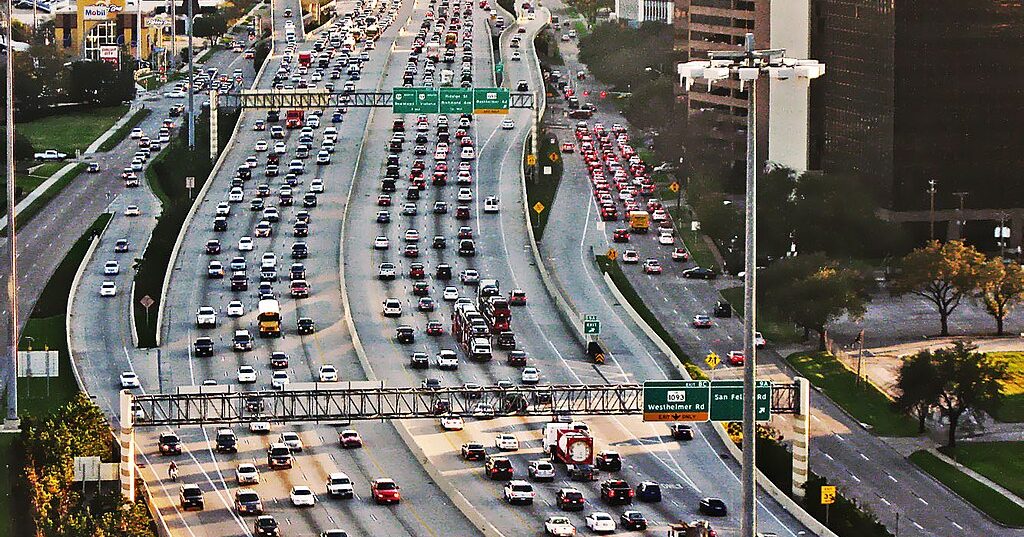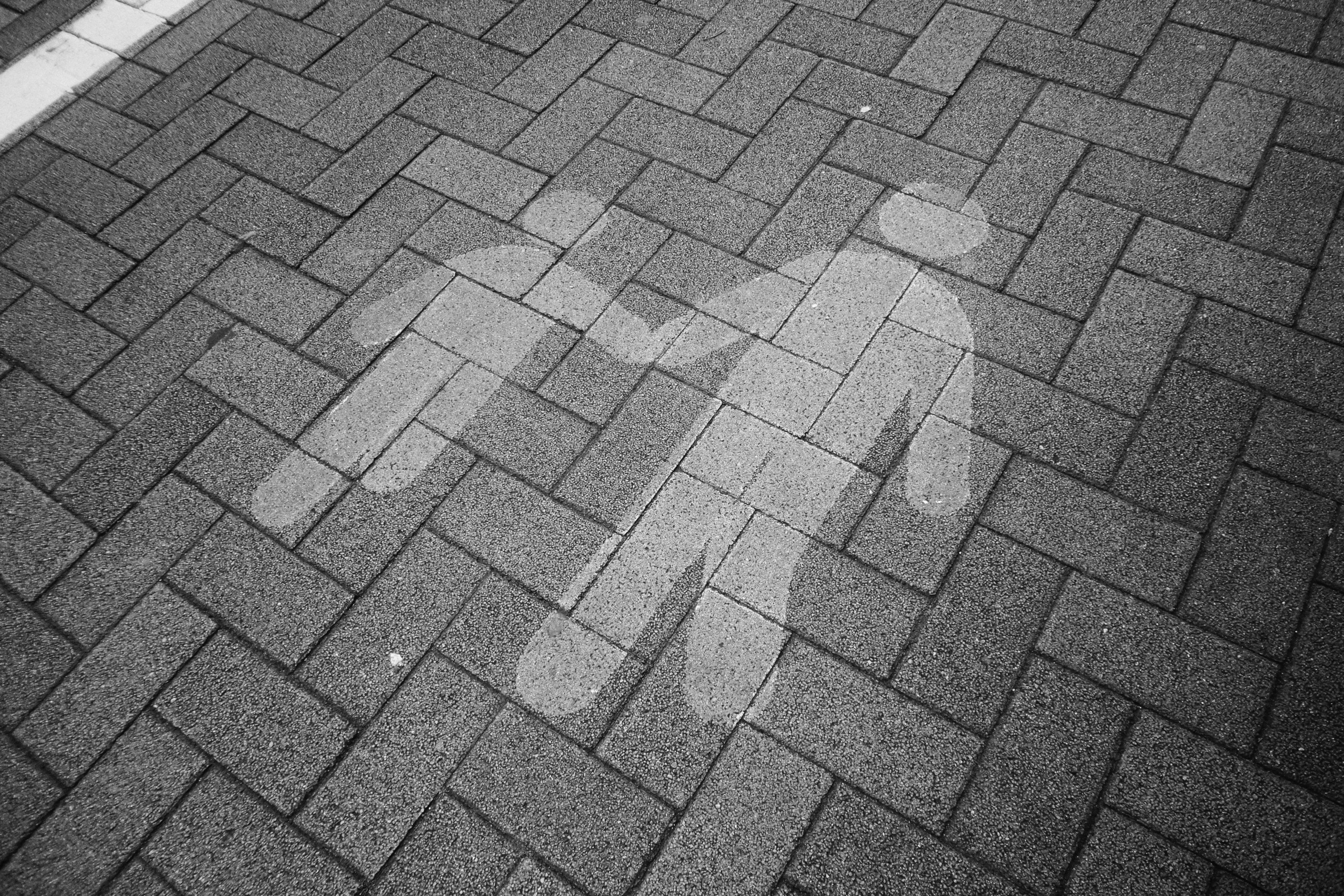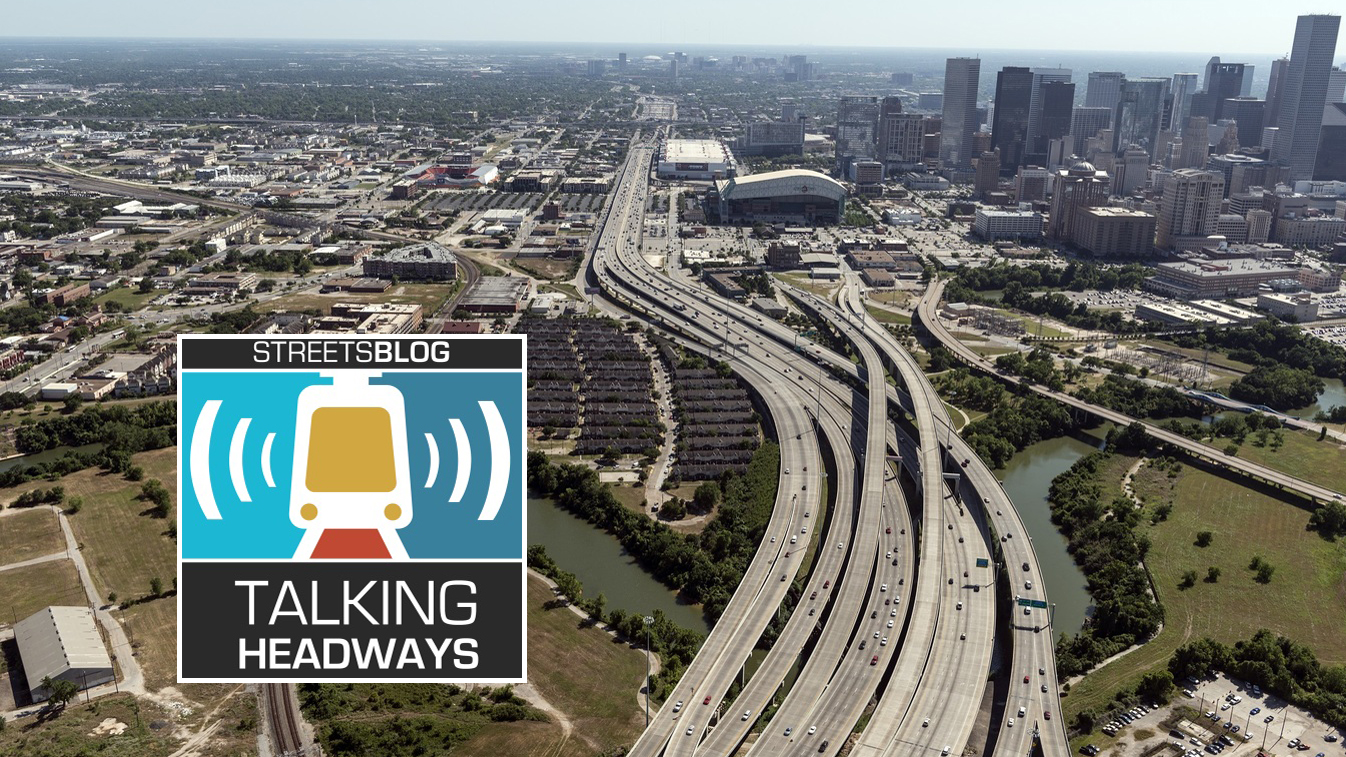It's shaping up to be anything but a quiet winter for the U.S. DOT, with $9.5 billion in grants for clean transportation set for release to the winners of two highly competitive contests for federal aid.
 (Image: Treehugger)
(Image: Treehugger)Federal Railroad Administrator Joe Szabo announced today that his agency would release all $8 billion of the high-speed rail money included in the economic stimulus law by this winter. The total cost of all 259 submitted applications, per Szabo, was about $57 billion for both full-scale corridor development and smaller planning projects.
Szabo's update comes less than a week after Transportation Secretary Ray LaHood told Congress that he would name the winners of the stimulus law's $1.5 billion TIGER grant program before the end of the year.
Within the Obama administration, ten teams are evaluating the applications submitted for TIGER, which the U.S. DOT says also total $57 billion. "We think we have a very good evaluation process going on and we have a lot of people in the department working on this," LaHood told the House infrastructure committee on Thursday.
TIGER's built-in competition between modes of transportation, from rail to ports to roads, marks something of a new frontier for the DOT, which generally cordons off each mechanism for moving people and goods into separate silos.
The Senate climate change bill that was released last week includes a proposal for similar inter-modal grants to help states and cities promote clean transportation-based emissions reductions, so the success of the TIGER program could help move the federal government away from its silo-heavy system and towards a more open approach.





